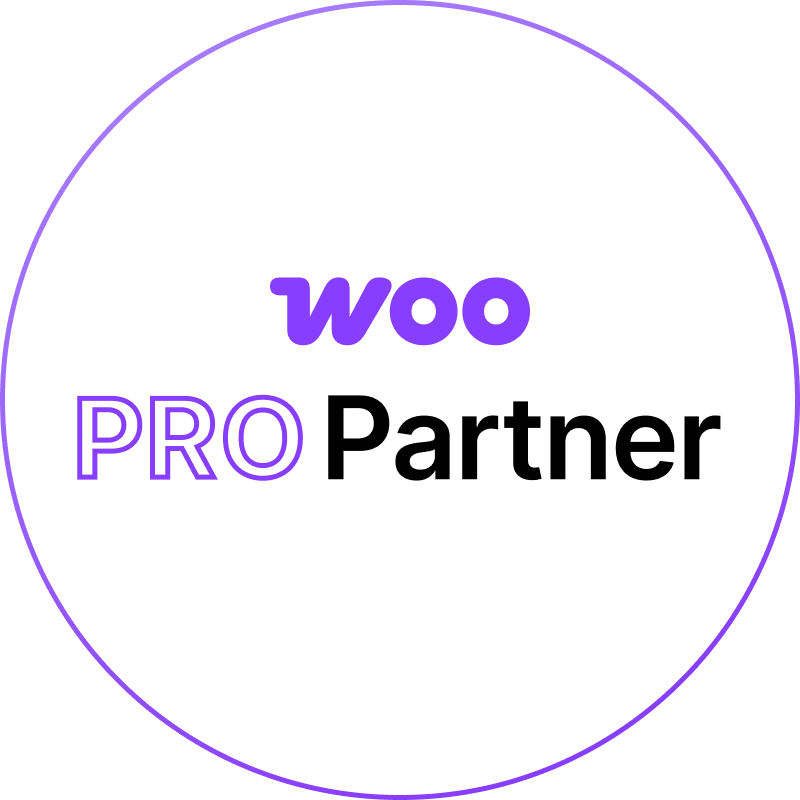Why Today’s Marketing Is Purely Digital, and What That Means for Your Business
In the heyday of printed advertising, businesses would dedicate a large portion of their marketing budgets into channels of uncertainty. There were no guarantees that if they took out an ad from the local newspaper that it would work to bring in new customers. And even if it did work, businesses would not know to what extent—there was no analytical software to paint the picture on the performance of their advertising. Old-School marketing was primitive, but it was the only option.
Print media took a precipitous dive in the last decade. Televised media has collapsed, too; since 2002, there has been a 50% decline in TV viewership. Ouch.
Old forms of media have died because people have stopped using them. Why would someone pick up a cumbersome newspaper when he can get it on his iPad instantly? Why listen to the radio if someone can entertain himself with Youtube?
Digital media gives people what they want, when they want it, on demand. This radically changes the relationship that people have with marketing and advertising. It’s not enough to slap an ad on a newspaper or to snag a radio slot—your customers simply won’t be found there.
Today’s marketing works like this: Thoroughly engage the prospect within a medium that they like and understand, monitor and measure your results, then tweak what you’re doing to get the optimal results.
Before, you could use a large billboard as a way to bring new customers through the door, but it would be hard to know how many people who saw your advertisement became converted customers. Today, you can set up low cost traffic campaigns that allow you to easily track the actions of anyone who visits your site—from the inception, to the point where they become converted customers. That’s a big difference.
Digital Marketing allows you to personalize your message
Old-School media was strictly one-size-fits-all. Marketers created their ads with the ideal concept of their prospect in mind. From the outset, the message was generic. It didn’t allow for any nuance or flexibility.
Today, it’s quite a bit different. Companies like Amazon suggest what you should buy based on your past browsing history; Facebook’s retargeting capabilities enable brands to target ads to consumers based on past actions and behaviors; Google uses your search queries to deliver ads that are specifically tailored to your interests. This all fits under the grand umbrella of Personalization. The reason that it is so common is that it simply works.
Consumers want to feel engaged. Rigid marketing structures that don’t really speak to them won’t push their buttons and compel them to believe in whatever you’re selling. Generic blandness becomes white noise. People don’t want to feel like they’re being marketed to. They don’t want to feel like you’re trying to sell them.
People’s buying habits are evolving. That’s why you have seen mediums like blogging catch fire.
Successful digital marketing in 2015 is going to rely on the power of building relationships. It’s from those relationships that you will be able to deliver more targeted marketing messages to your prospects.
This is why you should be thinking about building relationships with your prospects from all possible avenues. This includes your content strategy, your social media engagement, and how you generate traffic.
Think of better ways to engage your customers. We believe content marketing is a great option for doing so.
Today’s technology allows businesses and marketers to craft ads that are more targeted and specific. Use this to your advantage.
If you’re still stuck in the old mould of marketing, break out of it. Get proactive about transforming your marketing strategy today—don’t wait.

















